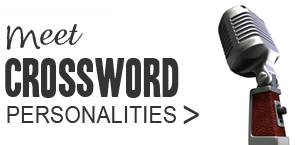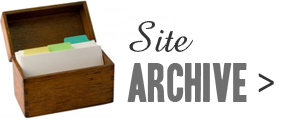The definition in a cryptic clue is not always a synonym of the answer; it may be an example or sub-type of the answer. So, NOVELIST may be defined as "Dickens, perhaps", DOG as "setter, maybe".
Some clues that use definition by example:
FT 13385 (Orense): Try to protect badly aged bowler, for example (8) HEADGEAR
HEAR (try, as in a court) around (AGED)*
"bowler" is an example of HEADGEAR
Guardian 25015 (Brendan): Come and go, say, in workplaces around river (9) OPPOSITES
OP SITES (workplaces) around PO (river)
"come and go" is an example of OPPOSITES
One that helpfully gives us multiple examples for the answer:
Guardian 24384: In sort of steel, workers put in iron, carbon and manganese, say (8) ELEMENTS
MEN (workers) in (STEEL)*; and three examples that lead you to ELEMENTS
The next clue uses this device in the wordplay - the container word is defined by example.
Times 24375: Bone from a fish found in tin? (10) MET(A CARP)AL
A CARP (fish) in METAL (tin, an example of metal)
The Indicated vs Unindicated D-By-E Debate
The Ximenean requirement is that a definition by example must be qualified: word(s) like "for example", "perhaps" must accompany the example. There is a shift away from too rigidly following this rule nowadays, notably in the Times crossword.
So we might come across clues like:
Times 24440: What biology student must do makes moral sense (10) CONSCIENCE
That "biology" is an example of SCIENCE is unindicated. The acceptability of such clues generates a lot of debate on the Times solving blog.
Alberich, a setter with the Financial Times crossword, makes an interesting case in this article with different clues for the word CARPET, each using three definitions by example. One clue is Ximenean, the other not entirely so. The result seems better if the Ximenean rule is relaxed.
I used to be firmly in the Ximenean camp on unindicated definitions by example until an email exchange last year with Peter Biddlecombe made me reconsider. I had sought his feedback on Neyartha's clue in which "farmer" was defined as "tractor operator" - I thought that was not OK. Peter wrote back:
I don't agree about that. Sure, farmers do other things and other people could operate the tractor, but driving a tractor seems a likely activity for a farmer, and a farmer seems one of the likeliest people to be a tractor operator.
With something like "tractor operator", if there's a fair chance that the solver would think of "farmer", that's good enough for me. So "Old MacDonald" would do me as a def for farmer, even though many xwd folk would insist on something like "Old MacDonald, for instance".
The insistence that "definition by example" must be indicated is, as far as I know, just a crossword convention. I can't see external logic to support it in the same way as the grammatical points.
That sounded reasonable. I haven't found myself objecting to unindicated definitions by example since then.
How strong is the example?
I would say that the closeness of the example with the answer matters far more than whether the example is indicated or not.
"Tamil, perhaps" is a duly indicated and is a correct definition for ASIAN, but is unfair – Tamil is not a representative subset of ASIAN.
"Batman" may not be indicated, yet one can easily get SUPERHERO from it.
Solve These
Times 24384: A grant secured by the gymnast, maybe (7) A _ H _ _ _ E
Times 24438: Perhaps Jamaican runner on vehicle touring US state? (9) C _ _ _ B _ _ N
Times 24569: Game made in one diamond? (9) S _ _ _ T _ _ _ E
Related Posts:
If you wish to keep track of further articles on Crossword Unclued, you can subscribe to it in a reader via RSS Feed. You can also subscribe by email and have articles delivered to your inbox, or follow me on twitter to get notified of new links.



 In a normal
In a normal 


 A perennial source of confusion among solvers is in classifying clues as
A perennial source of confusion among solvers is in classifying clues as  When a number appears in a cryptic clue, a possible interpretation is that its Roman numeral has to be substituted to get the answer.
When a number appears in a cryptic clue, a possible interpretation is that its Roman numeral has to be substituted to get the answer. The letter U is often clued by "posh" or "upper-class" in cryptic crosswords.
The letter U is often clued by "posh" or "upper-class" in cryptic crosswords.






 Follow on Twitter
Follow on Twitter Join us on Facebook
Join us on Facebook Get RSS
Get RSS
